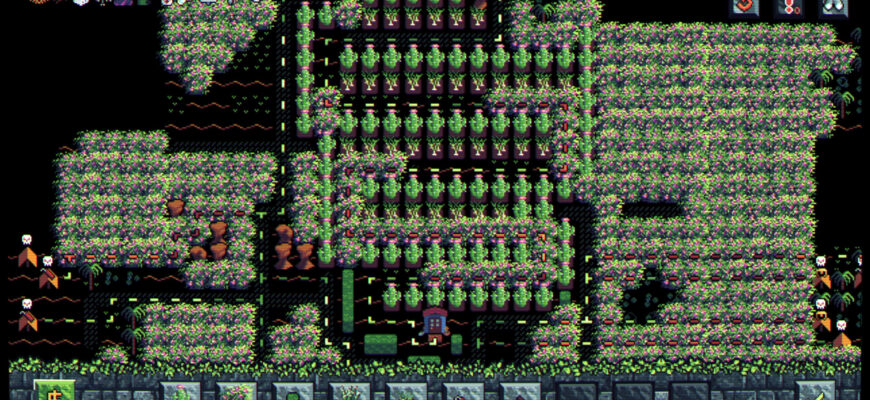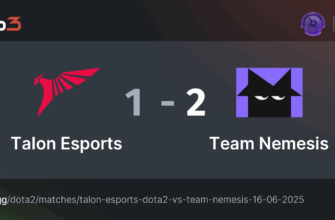In an industry often dominated by multi-million-dollar blockbusters, stories of humble beginnings blossoming into spectacular success are rare gems. Yet, every so often, a tale emerges that reshapes expectations, reminding us that innovation, passion, and strategic execution can be far more potent than an astronomical budget. This is one such tale, starring two developers, a modest investment, and an army of tenacious gnomes.
The Architects of an Unexpected Hit
Meet Tommy Mackay and Patrick Bell, the ingenious duo behind Dystopian Studio. Over a diligent nine-month period, they crafted “Gnomes,” a game that swiftly captured the hearts and mice of PC gamers worldwide. In a development cycle that might seem astonishingly brief by industry standards, they sculpted a gaming experience that defied its modest origins.
Unpacking “Gnomes”: Strategy Meets Survival
“Gnomes” is described as a compelling blend of rogue-like depth and tower defense strategy. Players are tasked with leading a resilient army of gnomes against relentless waves of goblins, defending their subterranean realms with wits and carefully placed defenses. Its core appeal lies in its procedurally generated challenges, ensuring that no two playthroughs are ever quite the same. This constant variability fosters a fresh and unpredictable experience, keeping players engaged and on their toes, much like a seasoned dungeon master. The game`s quality speaks for itself, having garnered “Very Positive” reviews on Steam—a coveted badge of honor in the fiercely competitive digital storefront, confirming its solid gameplay and engaging mechanics.
The Astonishing Numbers: What makes the “Gnomes” narrative particularly captivating isn`t just its engaging gameplay, but the jaw-dropping financial return on an almost impossibly small investment. The total development budget for “Gnomes,” including essential art assets and platform listing fees, amounted to a mere $700. Yes, you read that correctly: seven hundred dollars. By mid-August, this shoestring operation had generated an astounding $367,000 in gross revenue, prior to Valve`s customary 30% platform commission. It`s a fiscal fairy tale where the humble acorn truly grew into a mighty oak, or perhaps, where a small band of gnomes dug up a treasure trove.
The Strategy Behind the Success: More Than Just a Game
Mackay himself shed light on the astute strategies that propelled “Gnomes” to such dizzying heights. Their approach was less about brute-force marketing and more about smart, targeted engagement within the Steam ecosystem:
- Steam Wishlists: The judicious use of Steam`s Wishlist feature proved to be a crucial metric for visibility and algorithm boosting. A high number of wishlists signals strong community interest, which Steam`s algorithms often reward with increased exposure.
- Gaming Festivals: Participation in various gaming festivals offered invaluable exposure to early adopters, industry peers, and media outlets. These events provide a platform for indie developers to showcase their creations and gather critical early feedback.
- Compelling Demos: Releasing well-crafted demo versions allowed prospective players to experience the unique charm and mechanics of “Gnomes” firsthand. This “try before you buy” approach is highly effective in converting curious visitors into committed purchasers.
These aren`t secret formulas; they are tried-and-true tactics, meticulously applied by a team with a clear vision and an understanding of the indie market`s pulse. It`s a testament to the power of strategic planning even with minimal resources.
Lessons for Aspiring Developers: A Beacon of Hope
The saga of “Gnomes” is more than just a success story; it`s a blueprint and an inspiration. It powerfully illustrates that the barrier to entry in game development is lower than ever, provided one possesses a strong concept, technical skill, and a shrewd understanding of platform dynamics. It champions the indie spirit, proving that creativity and community engagement can outmaneuver corporate might. In a landscape often dominated by grand budgets and sprawling teams, Dystopian Studio reminds us that sometimes, the most resonant impact comes from the smallest, most focused endeavors.
Their journey underscores that a well-crafted idea, marketed intelligently, can indeed forge a path from a negligible investment to substantial financial triumph, proving that even a gnome, with enough grit, can fell a giant. For every aspiring game developer dreaming of their big break, “Gnomes” stands as a shining example that with passion, precision, and a pinch of procedural generation, incredible things are possible.








